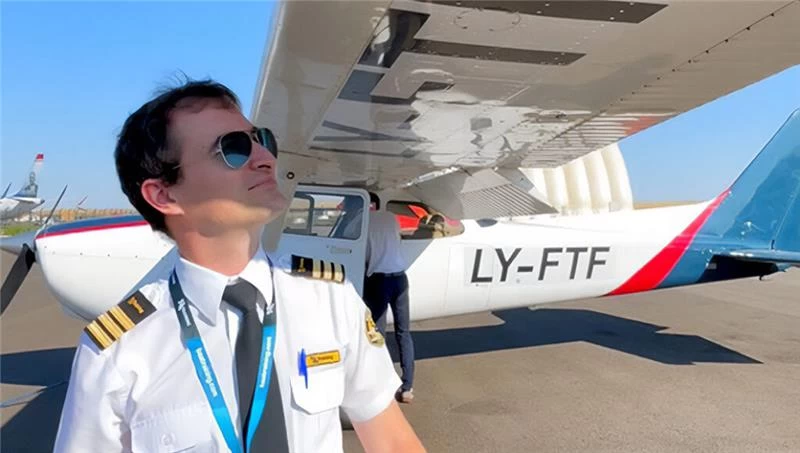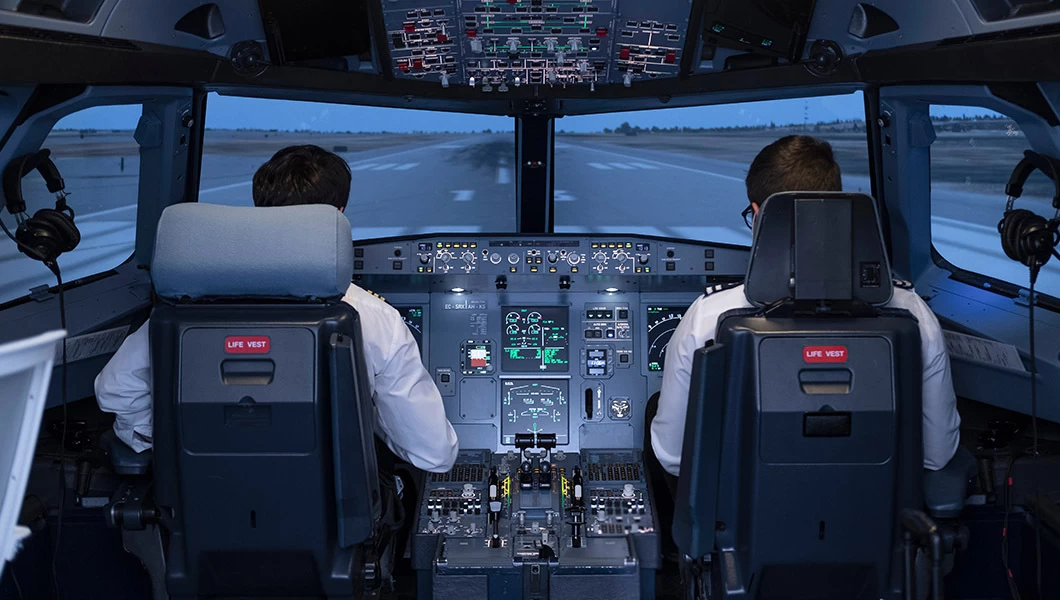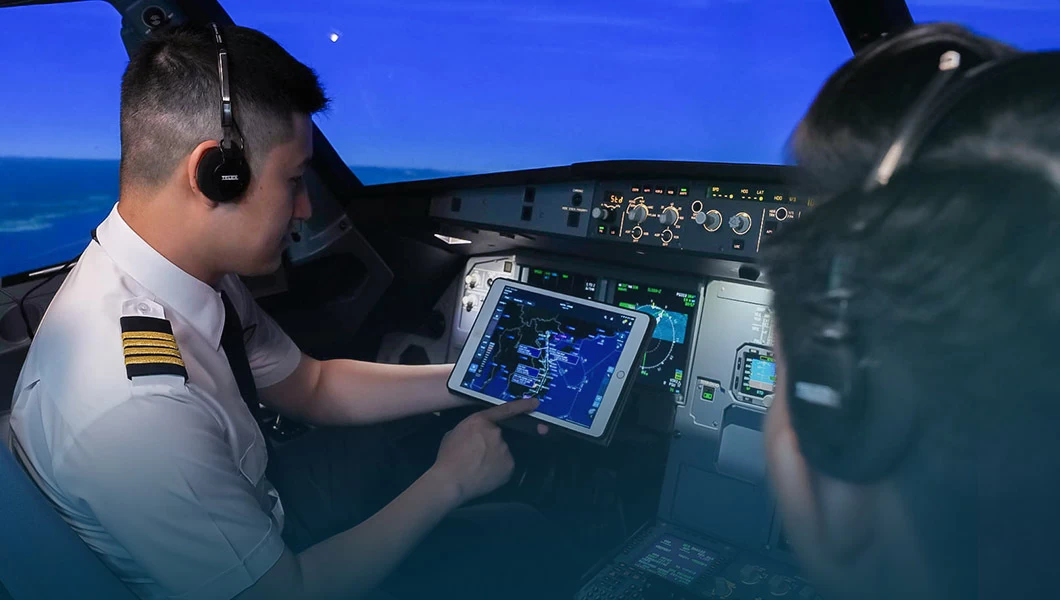Prefer to listen? Press play to hear this article.
While the focus on this training was originally somewhat controversial when first introduced, the NTSB’s emphasis on training stems from International Civil Aviation Organization data, which indicated that loss of control (LOC) was the leading cause of deadly accidents, accounting for 38% of all fatalities in commercial aviation between 2003 and 2012. These losses of control incidents demonstrate a need for increased UPRT in pilots to improve safety outcomes in flight. BAA Training, a leading international aviation training provider, teaches UPRT to an increasing percentage of pilots flying airlines’ most popular aircraft types.
“Examining the data further, aircraft upsets, such as stalls, accounted for the largest cause of LOC,” said Oriol Rodriguez Flotats, Deputy Head of Training for Initial Pilot Training and a UPRT instructor at BAA Training. Aircraft stalls, combined with other phenomena that occur leading up to and during an upset, such as spatial disorientation and loss of Energy State Awareness, contributed to 40% of all fatalities related to LOC, making it essential to train pilots to be prepared to encounter them.

While exact performance and subsequent figures change with aircraft type, another US regulator, the Federal Aviation Administration (FAA), says that an aircraft enters an upset when it maneuvers with a pitch attitude greater than 25 degrees upward, 10 degrees downward, or a turn greater than 45 degrees, while airspeeds are inappropriate for the aforementioned flying conditions. As a cause of aircraft upset, Rodriguez Flotats notes that airspeed is perhaps one of the most critical focuses.
“We train our pilots around airspeed for every operation. Our upset prevention and recovery training begins with understanding how airspeed changes the forces that move the aircraft,” Rodriguez Flotats said. “This training for airspeeds helps our pilots avoid the angles of attack that create aircraft stalls.”
However, during the initial flight stages of pilot training, Rodriguez Flotats says pilots will encounter stalls in real-world flight. “We train students to recognize, encounter, and recover from stalls and upsets during Ab Initio training,” Rodriguez Flotats said.
As student pilots transition to Type Rating, this critical training is reinforced and expanded through the use of full flight simulators, allowing pilots to apply UPRT principles in the context of specific aircraft types.
Similar ARTICLES
“This training forms the principles behind the upset recovery response pilots must demonstrate in the simulator and helps ensure its proper application in the real world,” said Cristian Puig, Deputy Head of Training and a UPRT instructor at BAA Training Spain in Barcelona.
While simulator technology has progressed, the actual flying portion allows students to train in closer proximity to the physics behind flight, allowing for a greater understanding of flight. This training is essential to the safe operations of airliners, as seen from several accidents.
“The tragic crash of Air France Flight 447 in 2009 had a profound impact on the aviation industry, particularly in the area of pilot training. The accident highlighted the critical need for improved Upset Prevention and Recovery Training (UPRT) for pilots. Following the investigation, it was found that the pilots were unable to recover from an aerodynamic stall, which led to the crash. ,” Puig said. “This incident underscored the importance of training pilots to handle unexpected and extreme situations, such as aerodynamic upsets and stalls.”
Your PILOT CAREER
starts with a first click
Puig added that stall training and upset prevention and recovery training are important no matter the cause of stalls, as natural weather phenomena could increase the probability of an upset, as the presence of ice dramatically changes the performance of an aircraft wing to generate lift.
“For regional aircraft types, there have been a number of incidents where icing contributed to stalls that could have potentially ended in a fatality if recovery had not occurred,” Puig said. “These incidents involved aircraft losing thousands of feet of altitude before recovery took place.”
Puig added that icing affects all aircraft types, often leading to aircraft upsets. While de-icing practices and anti-ice technology in aircraft have improved, redundancy in safety precautions, including pilot training, would improve safety.
While upsets are neither normal nor planned, training for them is essential. BAA Training has structured both its initial and Type Rating pilot training to provide aviators with valuable experience, preparing them to safely handle unplanned and unexpected conditions in flight, should they occur. Puig said, “Focusing on flight safety is the first design principle of BAA Training courses, as we believe this produces better aviators.”
















